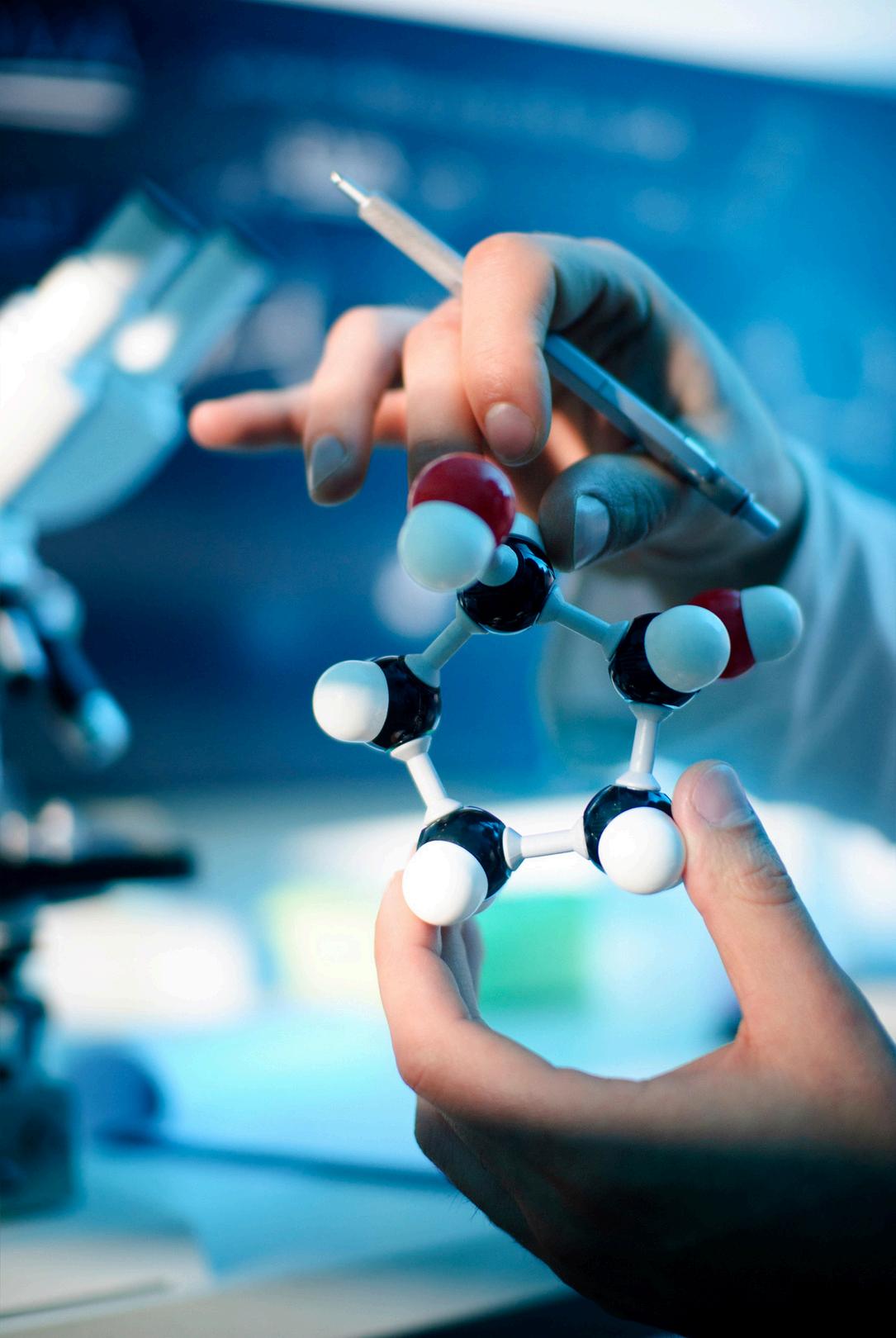












Metal deactivators are chemical additives that inhibit the catalytic effect of metals in fuels, lubricants, and polymers. These additives function by forming stable complexes with metal ions, preventing oxidative degradation and extending material lifespan.

The market growth is driven by increasing demand for sustainable packaging solutions and rising consumption of packaged foods and beverages globally. While aluminum dominates the beverage can segment due to its lightweight properties, steel remains preferred for food cans because of its structural integrity.



Rising Demand for Fuel Additives to Strengthen Metal Deactivator Market Growth
The global metal deactivator market is be increasing demand for fuel additives acro industries. Metal deactivators play a cruc fuels and lubricants by preventing catalyt by metal contaminants. With the automo sectors expanding rapidly, especially in em the need for high-performance fuel addit


The shift toward sustainable additives is unlocking new opportunities for bio-based metal deactivators. With increasing emphasis on eco-friendly formulations, manufacturers are investing in R&D to develop plant-derived and biodegradable alternatives.
The global metal deactivator market is witnessing steady growth, projected to expand at a CAGR of 3.5% from 2024 to 2032, driven primarily by the increasing demand for high-performance lubricants across industrial and automotive sectors. Metal deactivators play a critical role in inhibiting the catalytic degradation of hydrocarbons caused by metal ions, enhancing the longevity and efficiency of lubricants.
North America continues to dominate the metal deactivator market due to stringent environmental regulations and advanced industrial infrastructure. The U.S. EPA’s Toxic Substances Control Act (TSCA) has accelerated demand for high-performance metal deactivators in lubricants, polymers, and fuel additives. Investments in automotive and aviation sectors, coupled with rising R&D activities by key players like BASF and Afton Chemical Corporation, strengthen regional growth
Europe’s market thrives on strict compliance with EU REACH regulations and the push for bio-based additives. Germany and France lead in polymer and automotive applications, where metal deactivators prevent catalyst poisoning and extend material lifespan. Clariant and LANXESS are pivotal in driving innovations for low-toxicity variants.



BASF SE (Germany)
Innospec Inc. (U.S.)
ADEKA Corporation (Japan)
Clariant AG (Switzerland)
Songwon Industrial (South Korea)
Afton Chemical Corporation (U.S.)
Dorf Ketal (India)
Vanderbilt Chemicals, LLC (U.S.)
These companies represent some of the major key players driving innovation and growth in the market, contributing significantly to global supply and competitive dynamics.


Founded in 2015, 24chemicalresearch is a trusted name in global chemical industry intelligence. We specialize in delivering high-quality market research reports, empowering over 30+ Fortune 500 clients with data-driven insights for strategic growth. Our team of experienced analysts delivers customized, reliable, and timely research backed by a rigorous methodology. From mining regulatory trends to forecasting market opportunities, our reports help companies navigate industry challenges, stay competitive, and grow confidently.
As a one-stop platform for the chemical sector, we offer:
Deep specialization in chemical market analysis
Customized reports tailored to your needs
A robust portal with free samples, consulting, and competitive insights





